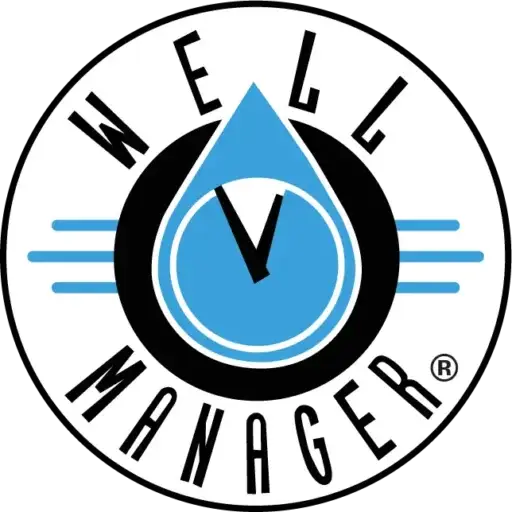A low-yield well can significantly impact water availability for your household or property. Recognizing the symptoms early can help in taking corrective actions to maintain a reliable water supply. More importantly, it can prevent potential consequences such as increased wear and tear on the pump, reduced water quality, and even complete well failure. Below are detailed explanations of common symptoms that indicate a well might be experiencing low yield and insights into why these symptoms occur.
- Frequent Cycling of the Pump:One of the first indicators of a low-yield well is the frequent cycling of the pump. This occurs when the pump turns on and off more often than usual. The primary cause of this symptom is a reduction in the water table, leading to insufficient water levels for continuous pumping. As the water level drops, the pump quickly depletes the available water, causing it to shut off. Once the water recharges, the pump restarts. This constant on-and-off cycle signals a problem with well yield and places significant stress on the pump motor, leading to potential overheating and damage.
- Sucking Air Sounds:Sucking air sounds are another telltale sign of a low-yield well. These noises occur when the pump draws in air instead of water. This situation arises when the water level falls below the pump intake, indicating that the well is not yielding enough water to meet the pump’s demand. Drawing in the air can result in inefficient pump operation and may cause further mechanical issues. This highlights the critical need for good assessment and potential deepening or cleaning, ensuring you are informed and prepared for the necessary actions.
- Presence of Sand in the Toilet Tank:Finding sand in your toilet tank or other plumbing fixtures is a symptom of a low-yield well that cannot be ignored. This occurs when the water table drops below the well screen, allowing sediment to be drawn into the pump along with water. The presence of sand suggests that the well is not providing enough water and is instead eroding the aquifer’s materials. This indicates a low yield but can also cause significant damage to plumbing systems and reduce the overall lifespan of the well.
- Milky Water:Another symptom of a low-yield well is milky water that clears after standing. This milkiness is caused by air bubbles drawn into the water supply, which happens when the water level drops and the pump pulls in the air. The presence of air bubbles signifies that the well is struggling to maintain a steady water supply, pointing to issues with well yield. This symptom often accompanies other physical signs of low yield, making it an essential indicator for well owners.
- Increased Pumping Rate:An increased pumping rate is a less obvious but equally important symptom of a low-yield well. This occurs when the pump runs longer to draw sufficient water, indicating that the well is not recharging quickly enough to meet demand. A pump working harder than usual suggests the well’s yield is insufficient. It necessitates a thorough evaluation to determine the underlying causes and possible solutions, such as deepening the well or improving its efficiency.
- Changes in Water Quality:Changes in water quality, including variations in taste, color, or chemical composition, can also indicate a low-yield well. As the water table lowers, introducing air can alter the chemical environment in the aquifer. For example, oxidation of minerals such as arsenic can increase contamination levels. Oxygen can also promote bacterial growth, clog the sound screen, and reduce yield. These water quality changes affect the well’s performance and pose health risks. Regular monitoring and testing are crucial for maintaining a safe water supply, showing your responsibility and commitment to the well-being of your household or property.
Well owners must understand the symptoms and their causes. This knowledge helps maintain a reliable and safe water supply. Frequent monitoring, maintenance, and timely intervention can mitigate the effects of a low-yield well, ensuring continued access to clean water. If you notice any of these symptoms, it is advisable to consult a professional for a comprehensive well evaluation and to explore potential remedies to improve well performance.
Related Reading
- How to Survive a Drought with a Low Yield Well
- Who Used All the Water?!?!—Understanding Your Well Recovery Rate
- Understanding Low Yield Wells: A Crucial Aspect of Water Resource Management
- Understanding the Differences Between Surface Water and Groundwater: Enhancing Well Water Management
- What is Mineral Incrustation and Why Is It Affecting My Well Yield?



